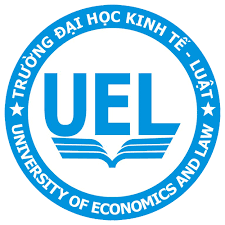Downloads
Abstract
This study aims at explaining the influence process of YouTube’s consumer-generated content on consumers’ cognition, attitude and purchase intention. The proposed model is based on Elaboration Likelihood Model with extensive variables including perceived usefulness, attitude, information adoption and purchase intention. To test the validity of proposed model and research hypotheses, Structural Equation Model is applied on a sample of 208 individuals who are interested in smartphone. The results show that the measurements are reliable and valid and research model can be used for explaining the effect of consumer-generated content on consumers. Besides, all hypotheses are empirically supported. This study, therefore, has contributions on both academic and practical aspects.
Issue: Vol 1 No Q3 (2017)
Page No.: 34-43
Published: Dec 31, 2017
Section: Research article
DOI: https://doi.org/10.32508/stdjelm.v1iQ3.450
Download PDF = 1321 times
Total = 1321 times
 Open Access
Open Access 











